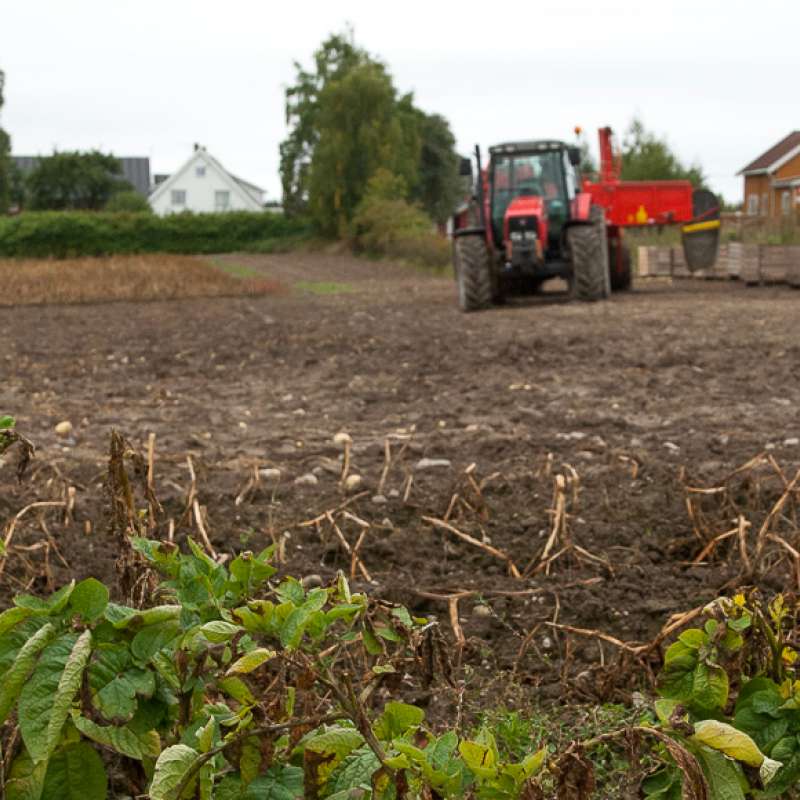Jakob Geipel
Research Scientist
Biography
Jakob is a researcher and expert for sensors and the use of satellites, drones, tractors and robots for data acquisition in agriculture. He works amongst others with multi- and hyperspectral remote sensing, image processing and modelling of plant properties with focus on yield- and quality estimations for precision agriculture applications. His field of research comprises forage, grain and potato production.
CV
Education:
2012-2016: Dr. sc. agr. (Ph.D.) in Agricultural Sciences at the Institute of Crop Science, Department of Agronomy, University of Hohenheim, Germany
2009-2012: M.Sc. in Geoinformatics at the Institute for Geoinformatics, University of Münster, Germany
2005-2009: Dipl.-Ing. (FH) in Surveying Engineering and Geoinformatics at the University of Applied Sciences Würzburg-Schweinfurt, Germany
Authors
Jakob GeipelAbstract
No abstract has been registered
Abstract
No abstract has been registered
Abstract
No abstract has been registered

